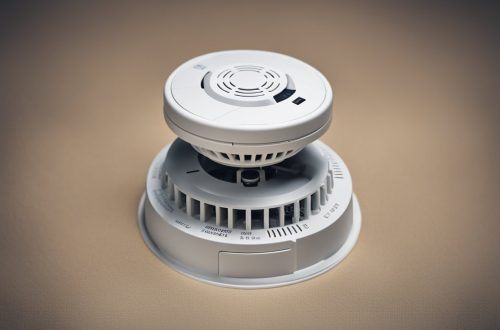What Kind of Animals Do Mothballs Keep Away? Find Out Here!
Have you ever wondered how to keep unwanted animals out of your garden or away from your home? One solution that many people turn to is mothballs. These small, white balls have a strong odor that can be effective at repelling certain pests. But what kind of animals do mothballs keep away?

Mothballs are commonly used to keep moths and other insects away from clothing and other fabrics. However, they can also be effective at repelling other animals, such as rodents, snakes, and larger pests like raccoons and deer. The strong odor of mothballs can be overwhelming to these creatures, making them less likely to venture into areas where mothballs have been placed.
While mothballs can be effective at repelling certain animals, it’s important to use them properly and in a safe manner. Mothballs contain chemicals that can be harmful to both humans and animals if ingested or inhaled. It’s important to follow the instructions on the packaging carefully and to keep mothballs out of reach of children and pets. With proper use, however, mothballs can be a useful tool in keeping unwanted animals away from your home and garden.
Types of Animals Deterred by Mothballs

Mothballs are a commonly used method for repelling various types of animals. Here are the types of animals that can be deterred by mothballs:
Insects
Mothballs can be effective in repelling insects such as moths, beetles, and cockroaches. The strong odor of mothballs can mask the scent of food and make it difficult for insects to locate their target. In addition, the chemicals in mothballs can be toxic to insects, causing them to avoid the area where the mothballs are placed.
Rodents
Mothballs are also effective in repelling rodents such as mice and rats. The strong odor of mothballs can be overwhelming to rodents, making them avoid the area where the mothballs are placed. In addition, the chemicals in mothballs can be toxic to rodents, causing them to avoid the area or even die if they ingest them.
Mammals
Mothballs can also be effective in repelling certain types of mammals such as squirrels, skunks, and raccoons. However, it is important to note that mothballs are not a foolproof solution and come with several risks and limitations. Mothballs contain chemicals that can be harmful to humans and animals if ingested or inhaled. Therefore, it is important to use mothballs with caution and follow the recommended usage instructions.
In conclusion, mothballs can be an effective method for repelling various types of animals. However, it is important to use them with caution and follow the recommended usage instructions to avoid any harm to humans or animals.
Safety and Environmental Considerations
When using mothballs, safety should always be a top priority. Mothballs are made from chemicals such as naphthalene or paradichlorobenzene, which can be harmful to humans and animals if inhaled or ingested. Therefore, it is important to handle mothballs with care and follow the manufacturer’s instructions carefully.
One of the main safety concerns with mothballs is their potential toxicity. Mothballs can release harmful fumes that can cause headaches, dizziness, nausea, and other health problems if inhaled. Therefore, it is important to use mothballs in a well-ventilated area and keep them away from children and pets.
Another safety concern is the risk of accidental ingestion. Mothballs can be mistaken for candy or other small objects by young children or pets, which can lead to serious health problems. Therefore, it is important to keep mothballs out of reach and store them in a secure location.
In addition to safety concerns, mothballs can also have environmental impacts. Mothballs can release harmful chemicals into the air and soil, which can harm plants and wildlife. Therefore, it is important to use mothballs sparingly and dispose of them properly. It is recommended to use natural alternatives to mothballs such as cedar chips, lavender, or essential oils to repel pests.
Overall, while mothballs can be an effective way to repel certain animals, it is important to use them with caution and consider the potential safety and environmental impacts.



